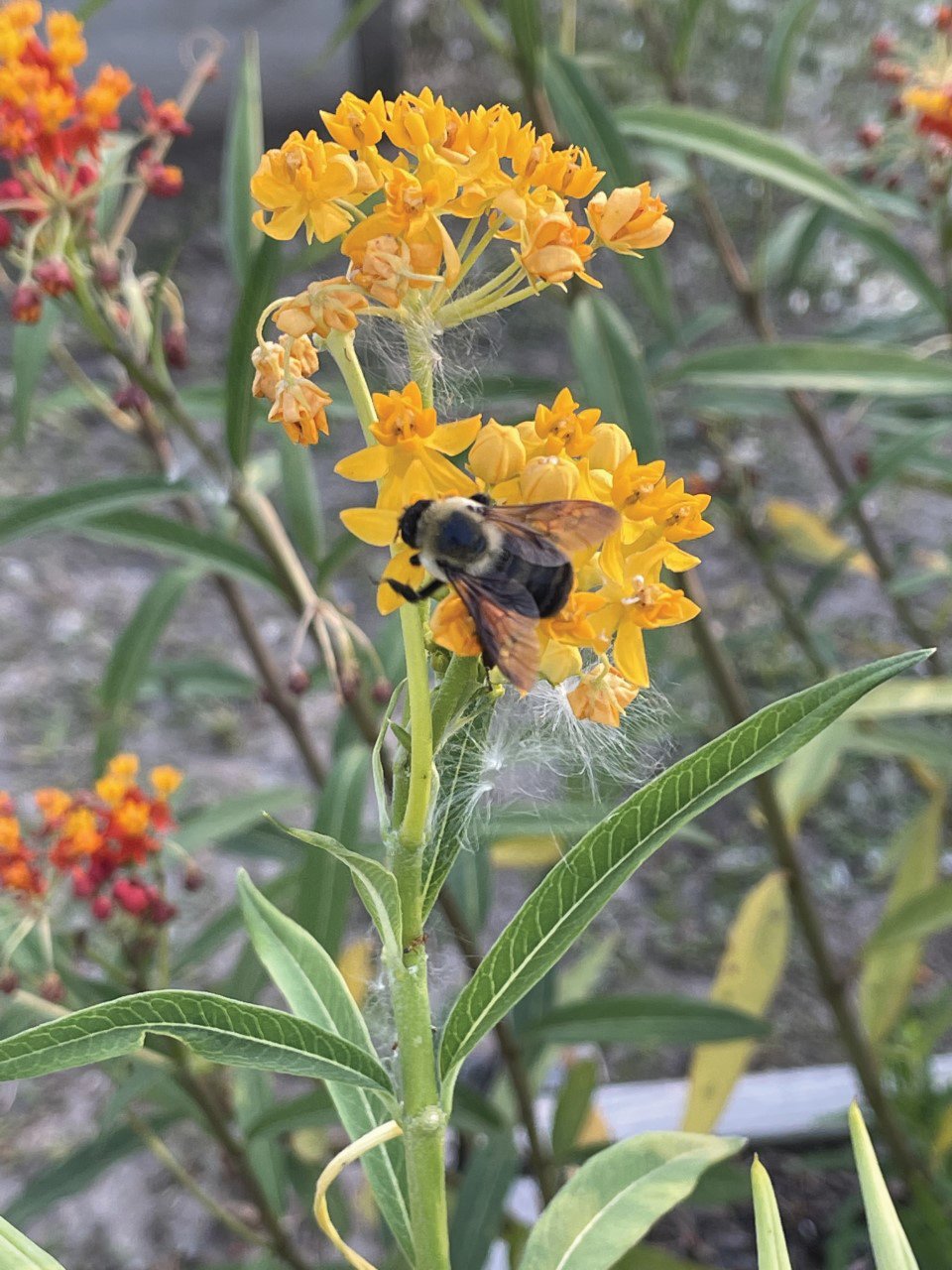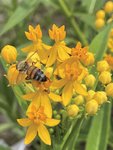Monarch butterfly, bees support milkweed plant pollination
ORANGE PARK – The Monarch Butterfly’s only host plant is milkweed. A host plant is one that insects rely on to complete their evolutionary life cycle. There are three important reasons the …
This item is available in full to subscribers.
Attention subscribers
To continue reading, you will need to either log in to your subscriber account, below, or purchase a new subscription.
Please log in to continueDon't have an ID?Print subscribersIf you're a print subscriber, but do not yet have an online account, click here to create one. Non-subscribersClick here to see your options for subscribing. Single day passYou also have the option of purchasing 24 hours of access, for $1.00. Click here to purchase a single day pass. |
Monarch butterfly, bees support milkweed plant pollination
ORANGE PARK – The Monarch Butterfly’s only host plant is milkweed. A host plant is one that insects rely on to complete their evolutionary life cycle. There are three important reasons the milkweed plant is needed for this butterfly. The Monarchs feed on nectar from the milkweed flowers; the female lays eggs on the underside of the leaves; and when the eggs hatch, the caterpillars only feed on milkweed leaves.
Many milkweed species depend on insects for pollination. Two of the most important pollinators are honeybees and bumble bees. These pictures show a honeybee and a bumble bee gathering pollen and nectar from milkweed plants in my butterfly garden.
A honeybee is smaller in size than a bumble bee. It collects pollen on its hairy body or its abdomen from the top of the milkweed flower. It transfers pollen from the male to the female part of the flower. A honeybee needs to be careful not to get stuck in the flower’s sticky substance due to its small size.
A bumble bee is larger than a honeybee. It vibrates flowers until they release pollen, sometimes covering the bee’s body. A bumble bee is round and fuzzy and has a different length tongue which makes it more efficient at plant pollination. It sticks its legs far into the hooded milkweed flower gathering the pollen before flying to the next flower and passing some pollen on.
Not only do these two pollinators help the Monarch butterflies through their evolution cycle, but the milkweed plant also provides a good nectar source for these bees and many other insects. This is another example of mother nature’s structure of interdependence among species.











